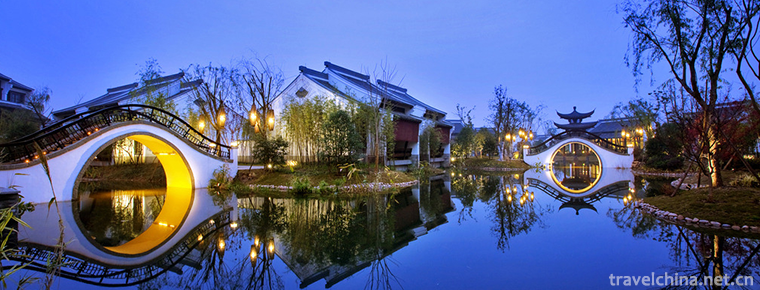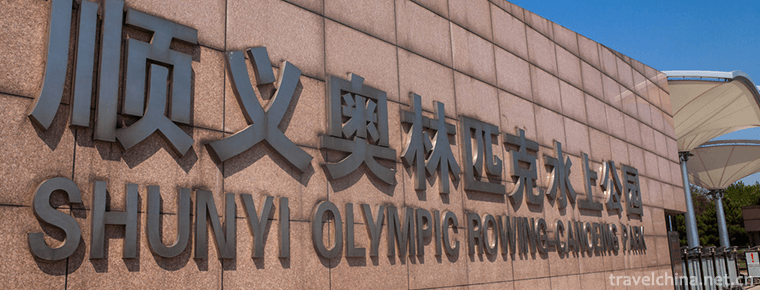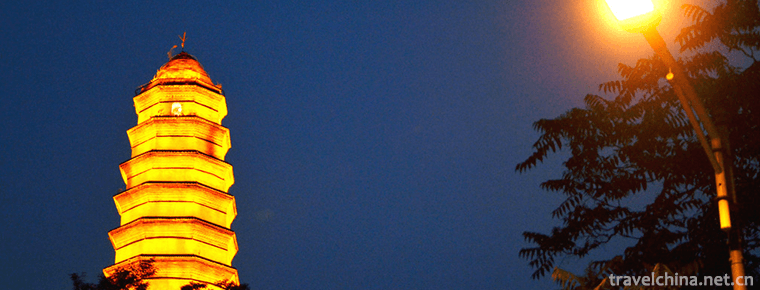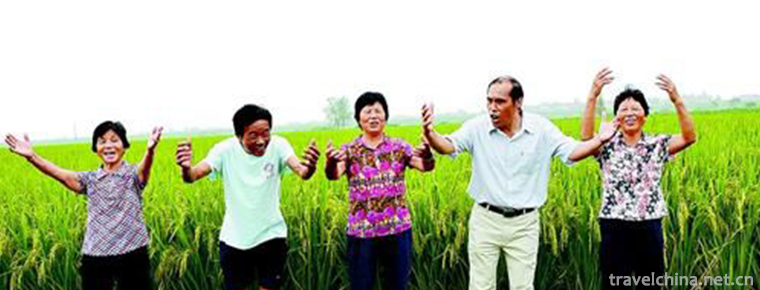Tujia people slip away
Tujia people slip away
Dalaozi is an ancient folk instrumental ensemble which is the most widely spread in Tujia area. It has a long history, a wide range of music cards, exquisite skills and rich expressiveness. It is a unique art form of Tujia. The band consisting of slippery gongs, cymbals, two cymbals and horse gongs can integrate the skills of all kinds of musical instruments and give full play to the performance skills of each instrument. Generally, it is performed by three to four people in ensemble, so it can be divided into "three people's slip" and "four people's slip". "Five-person Slipper" is the introduction of the Han wind instrument Suona, which combines blowing and beating together to create a more festive and joyful atmosphere.
distribution
Tujia slippers are mainly distributed in 68 townships of Yongshun, Longshan, Baojing and Guzhang counties in Youshui watershed of Western Hunan. Tujia slippery children are closely related to Tujia people's life. Tujia people's marriage and birthday can not be separated from slippery children. In the New Year festival, slippery children are indispensable, especially in the traditional Sheba day of Tujia people.
National History
origin
The percussion music of the Tujia nationality with its unique style has a long history. From the view of the ancient custom of beating pots and drums and expelling the so-called "Tian Dog" of "swallowing the moon" in the present "lunar eclipse", it is possible that the "slippery son" originated from the primitive fishing and hunting era. When people hunted animals, for the sake of Qingxing, they knocked on fishing tools and pots, bowls, pots, pots, ladles, bowls and other "guys". So far, the Tujia people also call "beating guys". When we entered the Copper-Iron Age, it was about time that we changed to Copper-Iron "guys". The use of gongs and cymbals is obviously very late. The original simplicity can be seen from the fact that there is no music in the playing of Qupai, which only reflects people's feelings about life by imitating nature.
Historical Development
A Brief History of Tujia Nationality is recorded. As early as about 210 years ago, Dalaozi was introduced to Wufeng from Shimen, Hunan, Hefeng, Songzi and other places. Artists are mostly non-professional musicians, usually scattered in villages and also farming, at any time by the head of the class to participate in harvest festivals, festivals and folk customs and other ceremonies of the performance activities.
Da Yaozi has a long history in Yongshun, Longshan, Baojing and Guzhang counties, where Tujia people live together in Youshui, Hunan, Hunan and Xiangxi prefectures. It has rich music cards and unique artistic style. It is closely related to the local people's life and customs. Folk ritual activities such as lantern playing, marriage, birthday greeting and plaque building are indispensable. "The most basic principle of Tujia's slippery people is to fight red and not white." It has both ornamental value and theoretical research value.
After the founding of the People's Republic of China, the Tujia ethnic percussion music received the attention of the Party and the government and the cultural departments. In particular, Tian Longxin and Huang Chuanyin, experts of Tujia ethnic minority's slippery children in Western Hunan, collected and published the slippery children's repertoire, participated in the provincial and central folk song and dance performances many times, and won many awards.
Artistic Characteristics
In the course of historical development, the Slipper has formed its own distinct characteristics, its music and performance characteristics:
(1) Various forms and flexible techniques. Make full use of the changes of speed, timbre, intensity and rhythm, and organically link all kinds of different music cards into a set, and give the musicians exquisite acting skills, so that they can show a variety of vivid images and interests.
(2) The rhythm is fresh and bright, and the rhythm changes frequently. Music is mostly based on a plate, with various rhythm changes, the beginning and ending of the paragraph and the change of the rhythm commonly used 1/4 rhythm conversion, fluent and free, with a sense of stability and no lack of motility.
Orchestration
The compilation of the band is composed of four percussion instruments, namely, the gong, the cymbal, the cymbal and the horse gong. The performance of the band is relatively rare. The two cymbals have unique timbre, one high, one low, one bright and one dumb, forming a sharp contrast. With the musicians'tacit cooperation and skillful playing techniques, they can produce short and dull "divination" sounds, as well as clangorous "seven" sounds and dynamic "Ke" sounds. Double cymbals can also play brilliant and beautiful timbre according to speed, strength, tight relaxation of rhythm and different parts of cymbals, making them very expressive and imitative. Double cymbals are mostly imitating birds and animals, and many music cards are named after animal dynamics, such as "swallow flapping wings", "cattle scratching itching", "eight elder brothers bathing", "clam playground" and so on. It is vivid and touching.
When playing, the left hand carries the Gong rope, the right hand holds the gong to knock on the center of the Gong face, the pronunciation is bright, the timbre is mellow. There are many playing methods, such as beating the heart of the gong, beating the edge of the gong, lightly hitting, heavy hitting, prolonging the tone, and pressing the Gong (also known as "guessing the gong"). Tujia people play percussion instruments in ensemble. It is a low musical instrument in instrumental ensemble. It is often used to play the backbone rhythm, paragraph and end of the music. It is often interlaced with hooks and gongs.
When playing, four people stand up, cymbals play in a circle or half circle, while horse gongs play in a circle or half circle.
Instrument Introduction
Horse Gong is also called gong or hook gong, and its pronunciation is clear and sharp. It is a high-pitched instrument and conductor in ensemble. Besides solo and lead, masking is often used (i.e. to stop the sound immediately after tapping) to make the rhythm lively and flexible. In addition, the Gong often accompanies the cymbals to strengthen the rhythm of the beat.
Head cymbals and two cymbals are wider and thinner than Han cymbals. Their pronunciation is bright and soft. They are medium musical instruments in ensemble. When playing, head cymbals play more strong beats, sub-strong beats, grasp the rhythm of performance; second cymbals play more weak beats, the change of syncopated rhythm and rhythm patterns is diverse, and the flowers are dense and frequent, playing skills are very strong, ordinary people are not easy to grasp, but his artistic effect is very unique, is a very colorful part of the slippery. Cymbals have three basic techniques: smothering, lightning and sidestroke, but their rhythm and rhythm change endlessly, which is very complicated and requires high skill.
The slippery Gong is the big gong and the slippery gong, also known as the Tian Gong and Tang gong. It is a percussive body-sounding instrument of Tujia and Buyi nationalities. It is popular in Longshan, Guzhang, Yongshun, Baojing, Tujia and Miao Autonomous Prefectures in Western Hunan Province, and Buyi and Miao Autonomous Prefectures in Southwest Guizhou Province.
The slipper Gong is made of sounding copper. Its shape is like a plate. The Gong surface is flat without umbilical cord. The Gong wall is thicker. The Gong body does not shine with hammer forging marks. The diameter of the Gong surface is about 33 centimeters, the width of the Gong edge is 3.5 centimeters to 4 centimeters, and the side of the Gong is drilled and tied. Made of cymbal sticks, 20 cm long, with large head and small tail, the head is not covered with silk cloth. The Gong hammer is thick and solid, and its pronunciation is magnificent. It is struck by a wooden mallet with a big head and a small tail, which is about six inches long, without a cloth wrap. Liuzigong is the backbone of ensemble and a low music instrument. Performing techniques include heartbeating, edge-hitting, light-hitting, heavy-hitting, prolongation and forced gong.
Classification of Qupai
Daliuzi's repertoire is various, rich in content, delicate in description and simple in style. According to the collection and collation of songs by the Cultural Department of Xiangxi Autonomous Prefecture, more than 100 pieces have been compiled. The structure of these tracks is generally composed of three parts: the head, the slipper and the tail. From the content and life reflected by Qupai, more than one hundred Qupai can be divided into three categories:
Picture and Sound
Painting song is a kind of music card that describes the voice of birds and animals in nature. It is called "Painting song". For example, imitating the voice of animals and birds, there are "chicken singing eggs", "clams making noises in the pond", "thrush pounding cage", "magpie noisy plum", "Ma across the stream bridge", "Yanglao calling spring" and so on. These cards, with clear voices, depict the song of birds, clapping warp, hitting water, fluttering cages, and clicking hoofs of horses, making people feel imminent. Especially with "Chicken Mother Singing Eggs", it depicts the happy and exciting scene of "Chicken Mother Singing Eggs" jumping from the nest to the outside of the nest, "Giggle Giggle", "Giggle Giggle-Giggle Strike". It shows a picture of the flourishing farming of poultry.
Graphics
Picture-like Qupai expresses the beautiful and auspicious feelings by describing the animal's manner and manner. The auspicious images of people include "Merlot with flowers", "Phoenix nods", "Eight Brothers bathing", "Tigers descending the mountain" expressing national spirit; cats catching mice"expressing humor; and"ancient trees rooting"and"dog pulling sheep"expressing Tujia people's beautiful, brave and witty national character.
Paintings
In addition to the above sounds and shapes, there are also deep and delicate painted music in the painted music cards. For example, the married bride enters the house to play "celebration invitation", "Anqing tune", "magpie bridge meeting", "double head" and so on; such as the completion of Huawu, birthday celebrations, and "Anqing tune", "new official gate", "new door" and "official door" etc; to welcome guests to travel, on the way to play "dragon head up", "dragon tail", "across the river" and "eight immortals across the sea". These repertoires, with smooth and soothing tunes, depict a comfortable and picturesque mood. Like the "Anqing tune" which combines blowing and beating, it combines two kinds of musical instruments in a simple style to give people a sense of comfort and auspiciousness.
structure type
Qupai structure
Independent performance of a piece of music; repeated variations of a piece of music; conjunction of multiple pieces of music; after a brief introduction and head, followed by a fully developed and changed piece of music (folk call this part "slipper"); on the basis of "slipper" structure, further development of the characteristics of swing and circulation in the link of pieces of music, etc.
The way gongs and cymbals are played varies with the playing cards. For example, there are single gongs and flower gongs on horse gongs, and open gongs, forced gongs and dull gongs on earth gongs. Cymbals are lightly beaten, smoothly beaten, side beaten, kneaded, extruded cymbals, edge covered, etc. When playing, the four instruments take the horse Gong as the center, the first cymbals and the second cymbals interlaced, the earthen gongs inserted in time, and skillfully cooperated. They can play beautiful cards such as "guide board", "Yang song", "wearing horns", "chicken singing eggs", "bird singing spring", "tiger descending mountain", "dragon wagging tail" and so on.
Stylistic features
Dalaozi is called "Tujia Symphony" because of its simple style, clear rhythm, beautiful melody and changeable melody. In the instrumental music art of minority nationalities in our country, the unique combination and exquisite performing skills of Dalaozi are self-contained and have great representativeness. It can not only provide important material for ethnology and sociology, but also be one of the most precious original cultural specimens for the study of timbre melody in musicology.
Contemporary influence
Since 1949, Slippers have been introduced by national art groups to the United States, Germany, Poland, Russia and other countries, which has produced strong repercussions and caused great sensation.
Since the early 1970s, Yongshun and Longshan Tujia literary and artistic workers have done a lot of work in collecting and sorting out Tujia slippers in Western Hunan. In June 1986, the Chinese Conservatory of Music went to the United States to perform Chinese ancient music. The original program of Longshan Tujia Tian Longxin slipper "Jinji Exit Mountain" was used as a platform-pressing program for every show, and applause was heard from every audience for China. The nation won honor.
In 1985, he joined the German, Italian, Dutch and Swedish art festivals and performed in New York, USA. He was called "Chinese folk music popular all over New York" by the New York Times.
In 1987, he participated in the 6th Sosnowitz International Folk Song and Dance Festival and the 19th Zakopane Mountain International Folk Literature and Art Competition held in Poland, and collectively won the Bronze Wand Award.
In 2006, it was listed as the representative works of national intangible cultural heritage.
In 2013, he was invited to participate in the Lantern Festival in Macao.

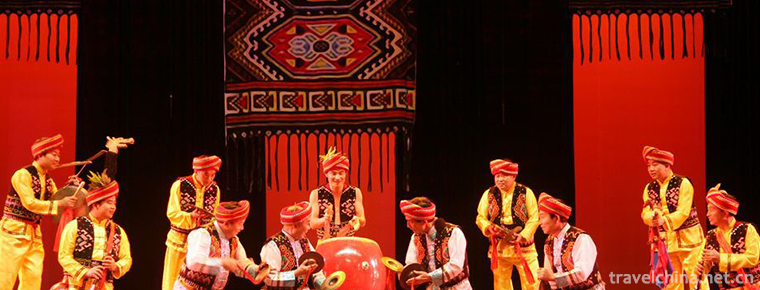
-
Almond dew
Almond is a kind of vegetable protein beverage made from natural almond and mineral water. Its white like milk, delicate like jade, unique flavor, can be used as a substitute for ordinary milk.
Views: 155 Time 2018-11-08 -
Five city tea driedWucheng Dried Tea
Wucheng Dried Tea, a specialty of Xiuning County, Anhui Province, is a national geographical indication product..
Views: 126 Time 2018-11-27 -
Xixi National Wetland Park
Xixi National Wetland Park is located in the west of Hangzhou City, Zhejiang Province. It is only 6 kilometers away from Wulin Gate, the main city of Hangzhou, and 5 kilometers away from West Lake..
Views: 184 Time 2018-12-07 -
Olympic Rowing Canoeing Park
Beijing Olympic Water Park, also known as Shunyi Water Park, is located in Chaobai River, Mapo Township, Shunyi District, Beijing. Its building area is 31850 square meters, and the number of seats is .
Views: 149 Time 2019-01-02 -
The Ancient City of Gaochang
Gaochang City, which began in the first century B.C., was built by the army of Tuntian in the territory of Cheshi in the Western Han Dynasty. The site of the Old Town is located in the vicinity of Har.
Views: 115 Time 2019-01-12 -
Eyes of Tianjin
Tianjin Eye, full name Tianjin Yongle Bridge Tientsin Eye, crossing the Haihe River connecting Hebei and Hongqiao District, is a cross-river construction, bridge wheel in one Ferris wheel, both touris.
Views: 128 Time 2019-02-21 -
Baota Mountain Scenic Area Yan an
The pagoda was built in the Tang Dynasty. It is 44 meters high and has nine floors. It can be seen from the top of the pagoda. It is a symbol of Yan'an, a historic city, a sacred revolutionary site.
Views: 188 Time 2019-03-01 -
Run Dong luo dongdong
"Lolola is a local traditional folk music in Hubei Province. It belongs to the first provincial intangible cultural heritage in Hubei Province. Jianli belongs to the Chu area of Jianghan since an.
Views: 296 Time 2019-05-15 -
Legend of the ancestors of Khitan
The legend of the ancestors of Qidan is a folk legend that is spread in Pingquan County, Hebei Province, China. According to legend, the ancestors of Qidan were born on the Futu River in Mayushan.
Views: 112 Time 2019-06-10 -
Legend of Su Dongpo
The legend of Su Dongpo is a group of traditional folklore stories evolved from the story of Su Shi, a great writer in the Northern Song Dynasty..
Views: 153 Time 2019-06-16 -
Leshan social service
By the end of 2018, there were 13 social welfare homes in Leshan City with 2908 beds and 2182 people in the hospital. The sales of social welfare lottery tickets totaled 385.69 million yuan, raised 109.75 million yuan of welfare lottery public welfare fund,.
Views: 162 Time 2020-12-17 -
Sports in Yibin
In 2019, Yibin sports team (member) won 4 world-class gold medals, 15 national gold medals, 30 provincial gold medals, 38 silver medals and 41 bronze medals. The annual sales of sports lottery tickets reached 410 million yuan, and 15 million yuan of public w.
Views: 329 Time 2020-12-18


